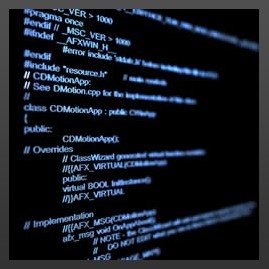Carrera y trabajo
Дочитать книгу Test-driven Java development
Есть такая шикарная книга по TDD
Читаю в оригинале, и часто бывает очень лень. Этой целью хочу добить эту книжку. И да, для лучшего понимания писать после прочтения Summary писать короткий отзыв по главе - чтобы что-то оставалось в головушке.
Criterio del fin
книга прочитана
Recursos personales
время
Lo ecológico del objetivo
хорошее понимание методологии TDD
-
Глава 6
6: Mocking – Removing External Dependencies
- Mocking
- Mockito
- The Tic-Tac-Toe v2 requirements
- Developing Tic-Tac-Toe v2
- Integration tests
- Summary
-
Глава 7
7: BDD – Working Together with the Whole Team
- Different specifications
- Behavior-driven development
- The Books Store BDD story
- JBehave
- Summary
-
Глава 8
8: Refactoring Legacy Code – Making it Young Again
- Legacy code
- The Kata exercise
- Summary
-
Глава 9
9: Feature Toggles – Deploying Partially Done Features to Production
- Continuous Integration, Delivery, and Deployment
- Feature Toggles
- A Feature Toggle example
- Summary
-
Глава 10
10: Putting It All Together
- TDD in a nutshell
- Best practices
- This is just the beginning
- This does not have to be the end
- 1465
- 05 diciembre 2016, 15:09
¡No omita entradas nuevas!
Suscríbase al objetivo y siga su logro



